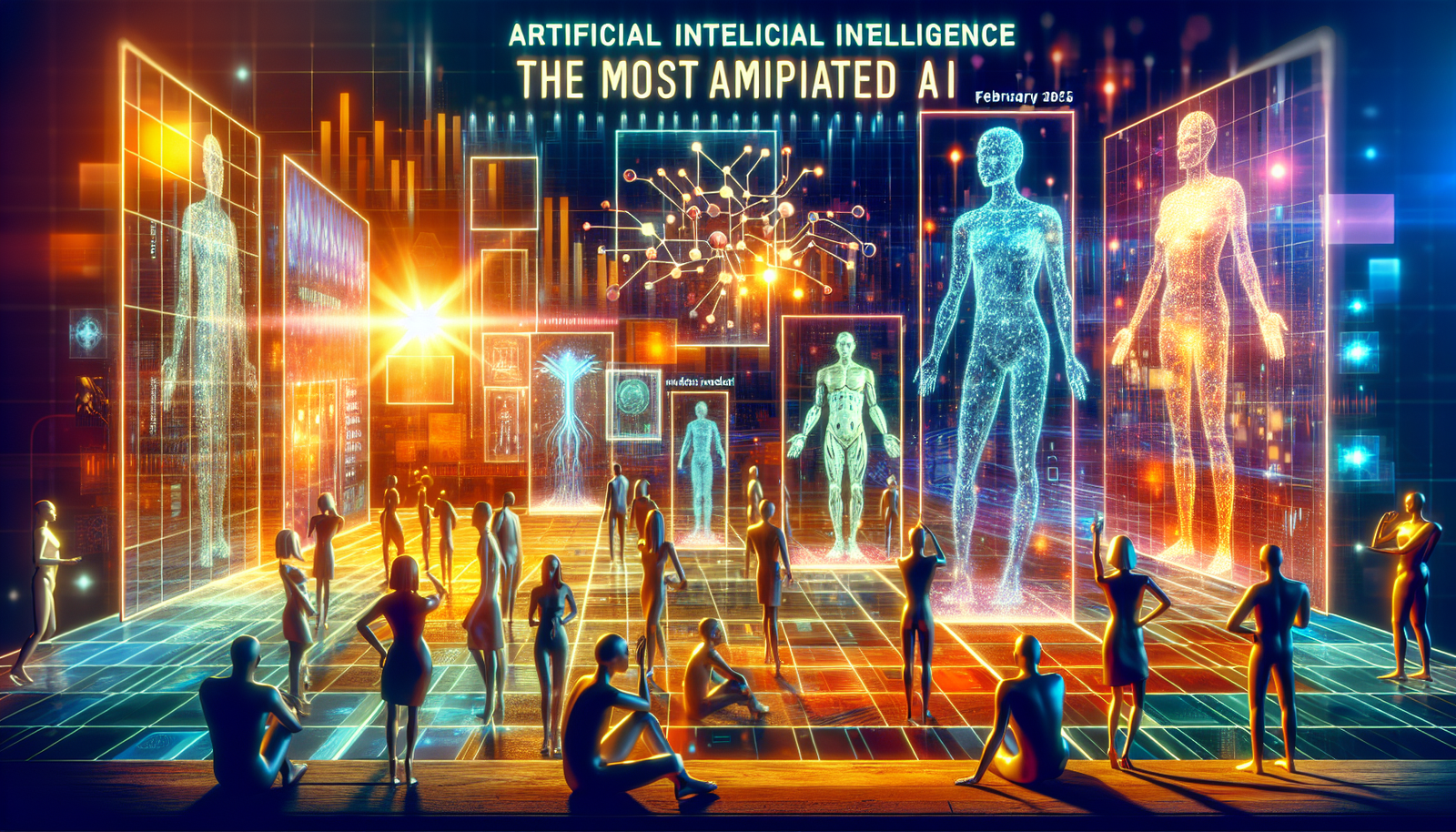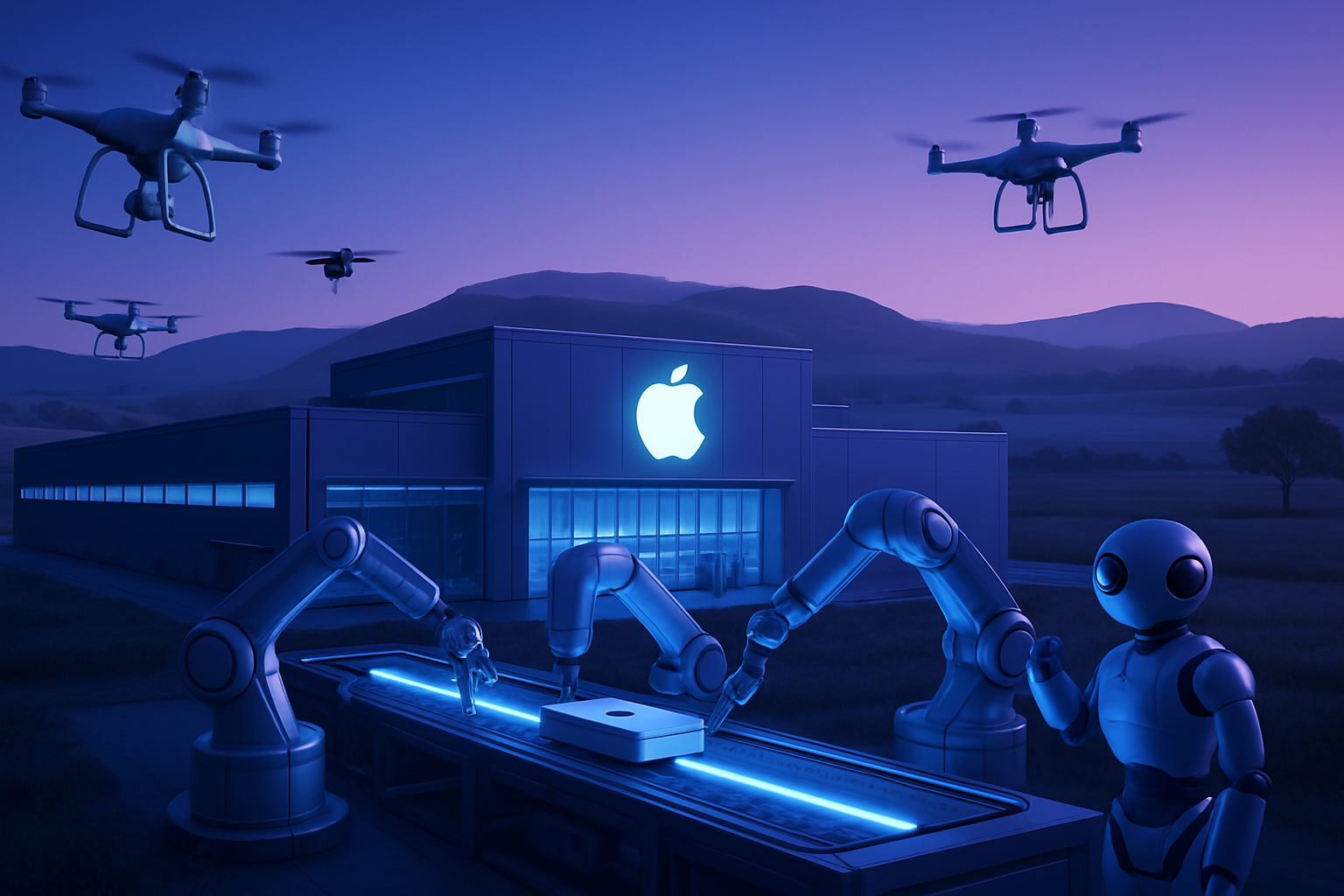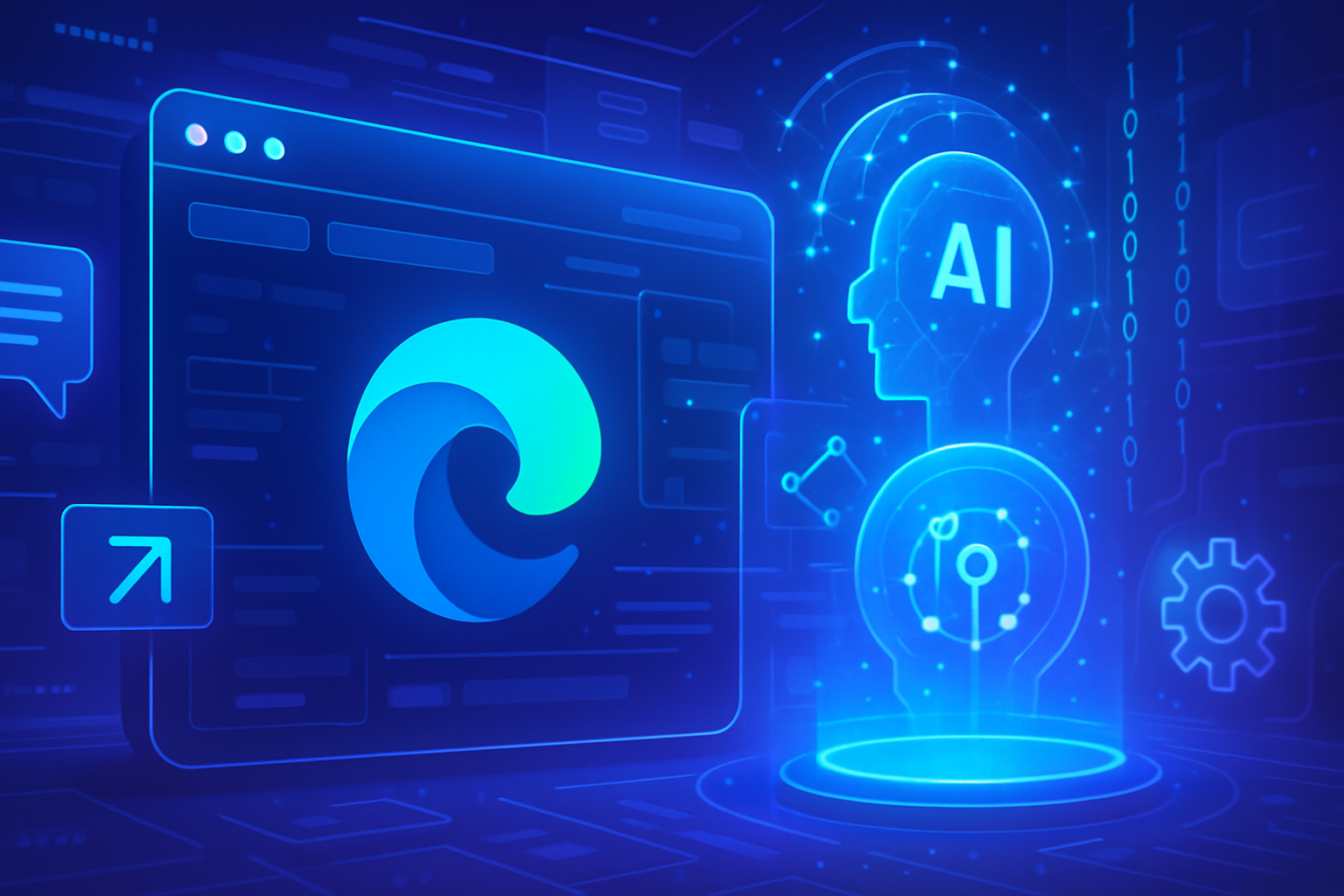Artificial intelligence is undergoing a rapid evolution that is transforming our daily lives. In February 2025, the most effective models stand out for their ability to turn data into actionable information. This dynamic is redefining competitiveness in various sectors. The best AI models* demonstrate unmatched performance*, upending any traditional approach. The optimization of algorithms and the power of architectures promise unprecedented advancements. Understanding the stakes of the new AI paradigms** is essential for anticipating future needs.
Artificial Intelligence: Models to Watch
The dynamics of artificial intelligence (AI) attract the attention of investors, researchers, and businesses, culminating in the presentation of the most effective models in February 2025. These innovations are distinguished by their ability to process complex data and generate results with remarkable efficiency. Several models are emerging as leaders in their field, bringing concrete and sustainable advancements.
Ranking of AI Models in February 2025
According to the latest ranking from the Chatbot Arena, the 10 most effective AI models are characterized by impressive Elo scores. This rating system allows for assessing relative performance based on diverse tests conducted by users worldwide. Here is an overview of the models that dominate the scene.
Model A: Chocolate (Early Grok-3)
With an Elo score of 1,402, this model stands out for its ability to understand and generate natural language with surprising fluidity. Its versatility allows it to excel in various applications, ranging from translation to creating content tailored to users’ specific needs.
Model B: Gemini-2 Flash Thinking Exp 01-21
This model, showing a score of 1,385, is particularly sought after for its speed of execution and its effectiveness in solving complex problems. Gemini-2 proves to be a valuable tool in the field of data analysis and predictive research.
Model C: Nova AI
Nova AI, benefiting from a reinforced learning system, excels in optimizing results in real-time. Evidence of its performance across multiple tasks showcases the potential for innovation it offers to companies.
Applications of Artificial Intelligence Models
These AI models find varied applications across different sectors. Companies in the financial sector leverage predictive analysis capabilities to anticipate market trends. Schools and universities integrate these technologies into their educational programs, thereby facilitating personalized learning.
Regarding content creation, AI-assisted writing generators are becoming indispensable. They enable the rapid production of written material while maintaining high quality. Marketing campaigns also leverage these models to design tailored and engaging messages, facilitating connections with the target audience.
Evaluation and Future Challenges of AI Models
The potential of AI models is immense, but challenges remain. Their performance depends not only on the quality of training data but also on the ability to avoid biases. A bias detection tool for AI is under development to address these concerns, promising to combat discrimination present in some models.
In-depth research is necessary to identify and mitigate these biases while maintaining result accuracy. This process proves complex but essential for ensuring ethical use of AI technologies.
Evolutionary Perspectives in the Sector
The landscape of AI continues to evolve at an accelerated pace, with major and emerging players competing to dominate the market. Ongoing vigilance is required to keep up with these advancements, as innovations regularly emerge, pushing the limits of AI models’ capabilities. The challenge lies in integrating these new technologies while adhering to rigorous standards of safety and accountability.
Finally, a question arises regarding the true cost of training artificial intelligence models. Studies are questioning the real cost of training these systems, calling for greater transparency in their development processes.
Frequently Asked Questions about Artificial Intelligence: 10 Most Effective Models to Watch in February 2025
What criteria are used to evaluate artificial intelligence models in February 2025?
The criteria include accuracy, execution speed, adaptability, and effectiveness in various specific tasks. These elements are measured using established benchmarks and real-time tests conducted by users.
What are the 10 most effective artificial intelligence models in February 2025?
The 10 models include Chocolate (Early Grok-3), Gemini-2, Flash-Thinking-Exp-01-21, among others that have been evaluated based on their Elo score reflecting performance.
How can these artificial intelligence models be applied in specific sectors?
These models can be applied in various sectors such as healthcare, finance, education, and marketing, allowing for process optimization and improved decision-making.
What competitive advantages can businesses derive from using these models?
Businesses can benefit from improved operational efficiency, reduced costs, and an enhanced ability to analyze complex data for informed decision-making.
What major innovations do these models introduce compared to those from the previous year?
Innovations include improvements in natural language understanding, self-learning, and integration of multimodal data, making the models more robust and versatile.
How can these models be integrated into existing AI systems?
They can be integrated via APIs, facilitating interoperability with existing systems while allowing for a smooth transition to more advanced solutions.
Who are the main players in AI developing these models?
Main players include companies like OpenAI, Google, IBM, and innovative startups that stand out for their development of open-source models.
What challenges do these AI models still need to overcome?
The challenges include managing biases, protecting data, and the need to enhance the interpretability of the decisions made by the models.
How can end users evaluate the effectiveness of these models?
Users can evaluate effectiveness by conducting performance tests and collecting feedback on their application in practical cases.
Are there costs associated with using these artificial intelligence models?
Yes, there can be costs related to using AI, such as subscription fees for cloud services, integration costs, and potentially consulting fees to optimize the use of the models.
How to stay informed about the latest developments in AI models?
Users can keep informed through specialized blogs, academic publications, and conferences on artificial intelligence that highlight the latest advancements and trends in the field.






